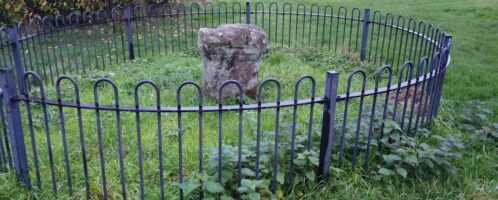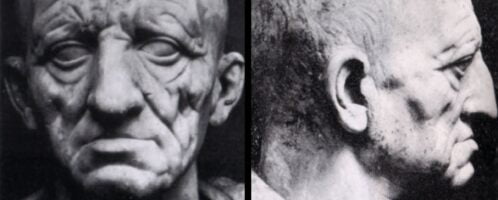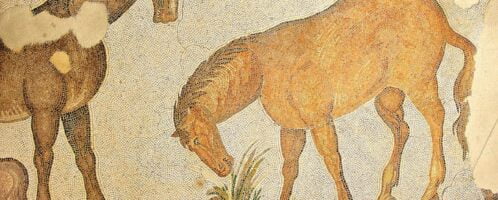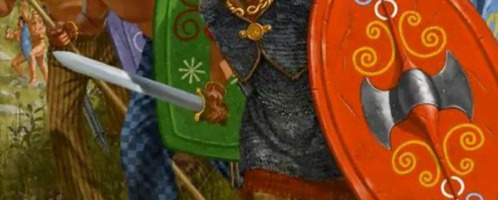Roman tombstone of Marcus Antonius Trophimus and his wife
Roman tombstone of Marcus Antonius Trophimus and his wife. The images of the deceased couple were placed on the stone. The man was a merchant in woolen coats and belonged to the Augustales college, which honored the memory of Emperor Augustus. Object dated to the reign of Hadrian (117-138 CE).











